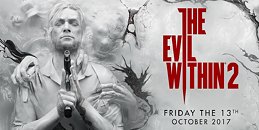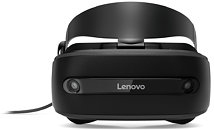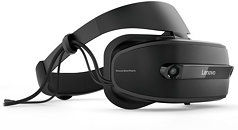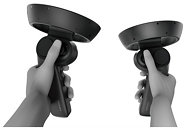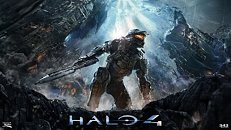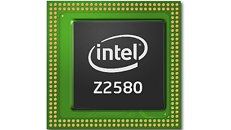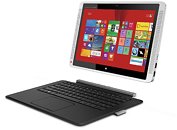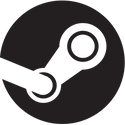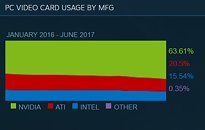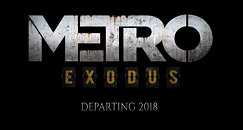Blizzard, best known for their Starcraft, Warcraft, and Diablo series (who are also responsible for that phenomenon World of Warcraft), has recently announced they are going to cut back support for older Windows-based operating systems. Resource allocation is a real problem; the opportunity cost of having engineers working on ensuring that their most recent updates and recent remasters aren't breaking support for older operating systems always comes at the cost of work on newer OSes.
As such, in a blog post on their forums, Blizzard has announced that starting in October of this year, "we will begin the process of ending support for Windows XP and Windows Vista in World of Warcraft, StarCraft II, Diablo III, Hearthstone, and Heroes of the Storm." They went on to explain this decision, in that "Microsoft ceased mainstream support for these versions of Windows in 2009 and 2012, respectively, but since a decent portion of our audience was still using them at the time, we continued supporting them. However, there have been three major Windows releases since Vista, and at this point, the vast majority of our audience has upgraded to one of the newer versions." And if you're thinking that this isn't true end of life for these systems when it comes to Blizzard game support, think again: "The games will not run on these older operating systems once they are no longer supported, so we encourage any players who are still using one of the older OSes to upgrade to a newer version. We'll be rolling out this change on a staggered schedule, and will post further notices as we get closer to making the change for each game."


